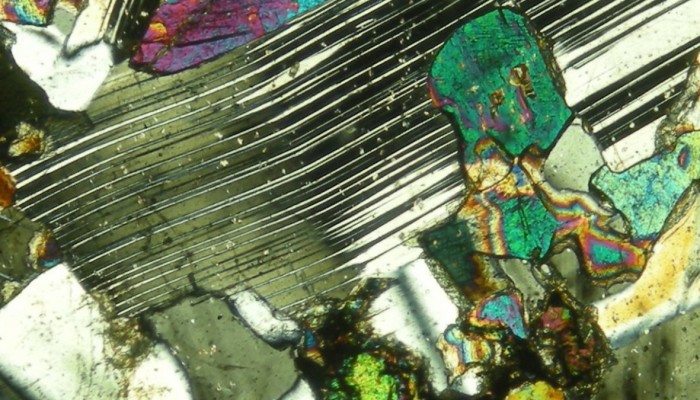Engaging students (regardless of age) during lessons can be difficult with a whole host of factors influencing their disposition to listen and learn. The same is true when carrying out public outreach and engagement activities. In both instances the key is to captivate the full attention of the audience and make the subject you are trying to teach come to life. A task often easier said than done. ...[Read More]
GeoEd: Geoscience teaching resources




